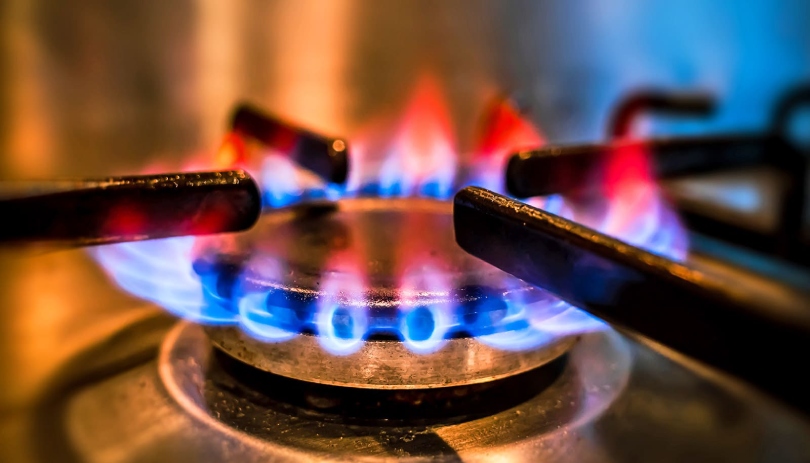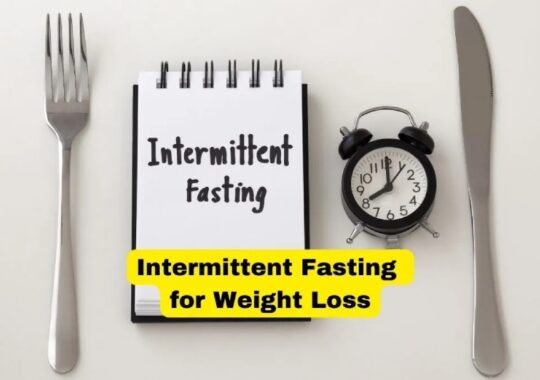According to a new Stanford study, gas stoves release alarming amounts of benzene, a chemical linked to leukemia and other blood cell cancers. According to a paper that was published last week in the journal Environmental Science & Technology, the concentrations of benzene that gas-burning stoves release into homes can be even higher than those typically found in secondhand smoke.
Efforts to gradually eliminate gas connections in homes and buildings are strengthened by the study. There is a growing body of evidence regarding the dangers that gas stoves pose to the environment and public health. However, by capitalizing on people’s attachment to gas stoves, the fossil fuel industry has vigorously opposed policies to switch to clean energy.
In a press briefing on the paper today, Stanford professor and principal investigator Rob Jackson stated, “Seeing the concentrations of pollutants rise so quickly in my own home and thinking about that occurring day in and day out was a motivation to change.” After testing the study’s methods in his own home, he claimed that the research prompted him to eliminate his gas stove.
“A motivation to change was seeing the concentrations of pollutants rise so quickly in my own home and thinking about that occurring day in and day out.”
Tobacco smoke, wildfires, and tailpipe emissions frequently expose people to benzene, which forms in flames. In the press briefing, hematologist/oncologist Jan Kirsch stated, “I really am hard-pressed to think of a more powerful chemical cause of leukemia than benzene.” Although Kirsch is not one of the study’s authors, he spoke about the health effects of benzene exposure. She noted that, at lower exposure levels, benzene is in fact more potent than the majority of other carcinogens. Evidently, the goal is not to incite panic. Kirsch stated, “The idea is that there are risks, and we want to reduce them.”
According to the authors, this study is the first to calculate indoor benzene pollution from gas stoves. In 2022, they looked at 87 homes in California and Colorado that had gas or propane stoves. They found that benzene emissions from a single gas burner set to high or a gas oven set to 350 degrees Fahrenheit produced higher concentrations of benzene than the average for secondhand tobacco smoke in about 30% of the kitchens they tested.
The study found that benzene even made its way into bedrooms from kitchens. Even after the stove was turned off, unhealthy levels of benzene remained for hours in the bedrooms. In one house, bedroom benzene levels were comparable to those seen during pollution events near schools in California and Colorado in 2020, which prompted investigations.
The amount of benzene produced by the stove did not significantly differ based on its age or brand. The researchers also discovered that range hoods were not always effective at reducing pollution, despite the fact that having adequate ventilation has an impact on the amount of benzene that a household is exposed to. Instead of venting the air outside, some hoods recirculate the air.
In contrast, benzene was not produced in any measurable quantities by induction stoves. Electric stoves can produce much less benzene than gas and propane stoves can, about 10 to 25 times less, possibly as a result of food being burned on hot surfaces.
Gas connections in new homes and buildings are being phased out in areas like Berkeley, New York City, and New York State as a result of climate change. Methane, a greenhouse gas that is more potent than carbon dioxide and frequently escapes from gas infrastructure and kitchen appliances, powers gas stoves.
Gas stoves have also been linked to negative health effects in the past. In the United States, gas stove use was blamed for close to 13% of childhood asthma cases in a 2022 study. Additionally, a 2013 study found that children who lived in homes with gas stoves had a 42% higher risk of developing asthma symptoms than children who did not.
According to the 2022 study, giving up gas stoves could potentially prevent up to 20% of childhood asthma cases in California. However, attempts to phase out their use have encountered legal obstacles. In 2019, Berkeley, California, became the first US city to prohibit gas hookups in new construction. A federal court then prevented the policy from being implemented in April.
Even though there is no federal legislation that proposes a ban on gas stoves, a bill that would prevent one was passed in the House earlier this month. The American Gas Association’s Karen Harbert, president and CEO, stated in a statement shortly after the bill’s introduction that “customers like natural gas—in fact, one new residential customer signs up for natural gas service every minute.”
From paid Instagram influencers to this cringeworthy 1988 rap video, the gas industry has spent decades promoting its “cooking with gas” campaigns. Cooking is only done this way; it states, “that’s what I was taught.”
“My childhood home had a gas stove; During the press conference, Stanford PhD student and study lead author Yannai Kashtan stated, “I didn’t think about it twice.” It makes me very happy that I now live somewhere with an electric stove.
Disclaimer: The views, suggestions, and opinions expressed here are the sole responsibility of the experts. No Clear Insight Research journalist was involved in the writing and production of this article.





